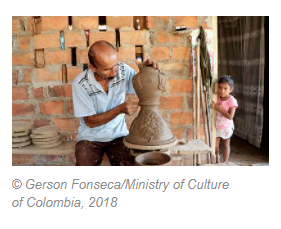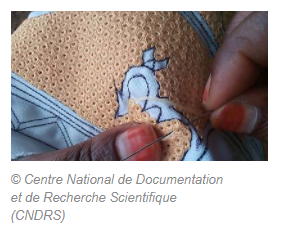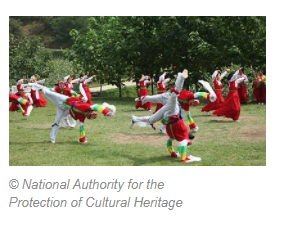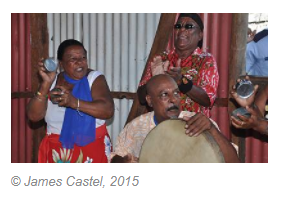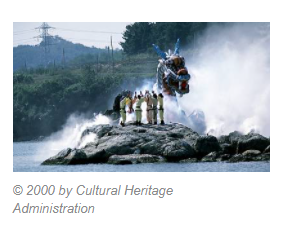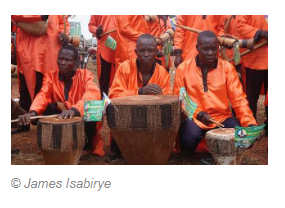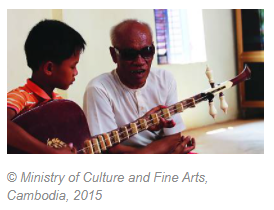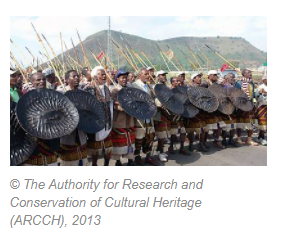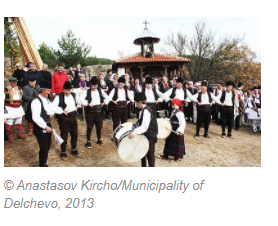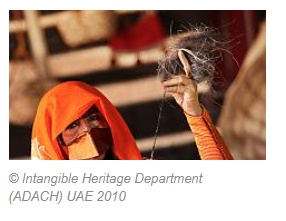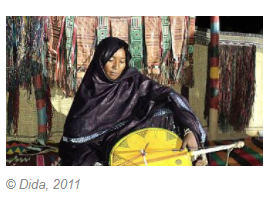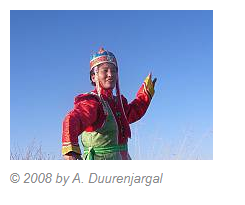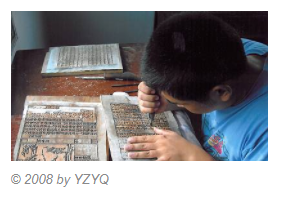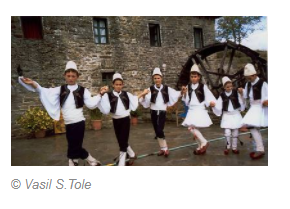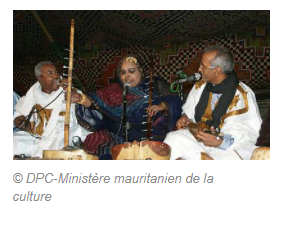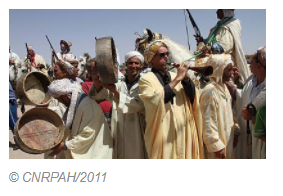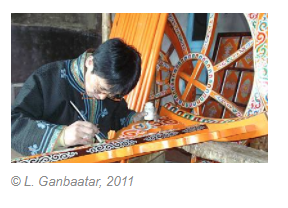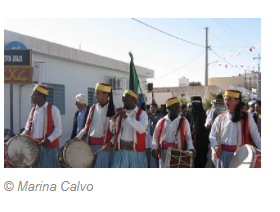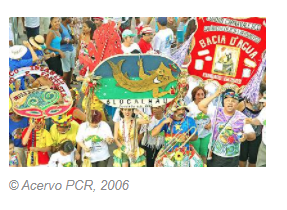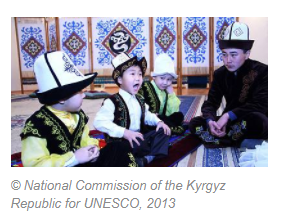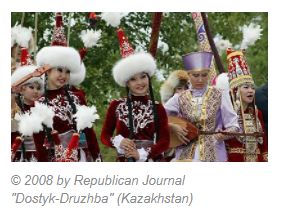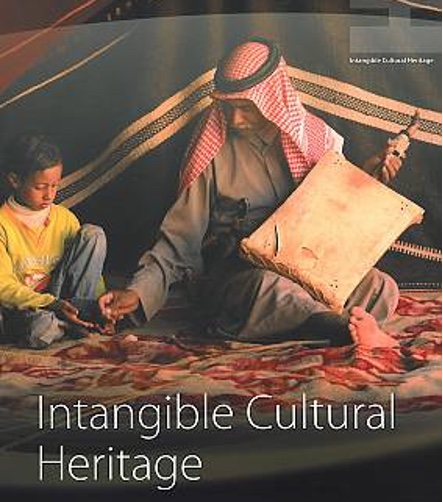
Asia-Pacific Council for
International Intangible Cultural Heritage (APCIICH)
Establishment Background The Asia-Pacific Council for International Intangible Cultural Heritage (APCIICH) is a significant authoritative international organization in the field of intangible cultural heritage. It serves as an important participant and cooperative body under the United Nations-supported international intangible cultural heritage projects, and is a cooperating member unit of UNESCO's intangible cultural heritage projects. APCIICH is involved in surveys, documentation, recognition, and establishment of lists of intangible cultural heritage in the Asia-Pacific region, both in collaboration with governmental officials and internationally.Its activities include research, promotion, dissemination of intangible cultural heritage, as well as organizing academic conferences, exhibitions, and public welfare activities related to international intangible cultural heritage protection. APCIICH has participated in and completed over 300 major international and intergovernmental intangible cultural heritage cooperation projects, submitted over 500 international intangible heritage protection and survey proposals, and contributed significantly to the development of intangible cultural heritage for the United Nations and governments worldwide.
Objectives APCIICH is committed to promoting the protection, inheritance, and development of intangible cultural heritage in the Asia-Pacific region. It achieves this through policy dialogues, information sharing, capacity building, and promoting experiences exchange and practical cooperation among countries in the field of intangible heritage protection.
Organizational Structure APCIICH comprises a General Assembly, Executive Committee, Academic Committee, Review Committee, Certification Center, Publishing and Media Center, Cultural and Creative Industries Committee, Martial Arts Committee, Secretariat, Asia-Pacific International Institute for Higher Studies on Intangible Heritage, Asia-Pacific International Training Center for Intangible Heritage, Asia-Pacific International Communication Center for Intangible Heritage, Asia-Pacific Intangible Heritage United Association and its branches. The General Assembly is the highest decision-making body, the Executive Committee manages daily operations, and the Secretariat provides administrative support.
Member Countries Member countries of APCIICH include China, Japan, South Korea, Australia, New Zealand, Singapore, Malaysia, Vietnam, Thailand, Philippines, India, Indonesia, Taiwan, Hong Kong, Macau, and many other Asia-Pacific countries and regions. These countries and regions possess rich practical experience and unique cultural traditions in the field of intangible cultural heritage.
International Recognition in the Field of Intangible Heritage Certification APCIICH's intangible heritage certification is internationally renowned as a gold standard in the field of intangible cultural heritage. It is known for its ISO international standardization certification excellence and is dedicated to providing an international stage for outstanding intangible heritage masters, elites, and products worldwide. As a world authority in intangible heritage international certification brands, APCIICH has been committed in recent years to the development in Chinese-speaking countries, promoting Chinese culture internationally through education, dissemination, and cultural representation. Centers such as the Asia-Pacific International Training Center for Intangible Heritage, Southeast Asia Review Management Center, Hong Kong-Macau Branch, Malaysia-Singapore-Thailand Joint Association, Singapore Branch, and strategic cooperation bases have been established to promote and introduce more outstanding cultural elements with Chinese characteristics, reflecting Chinese wisdom and spirit to the world.













